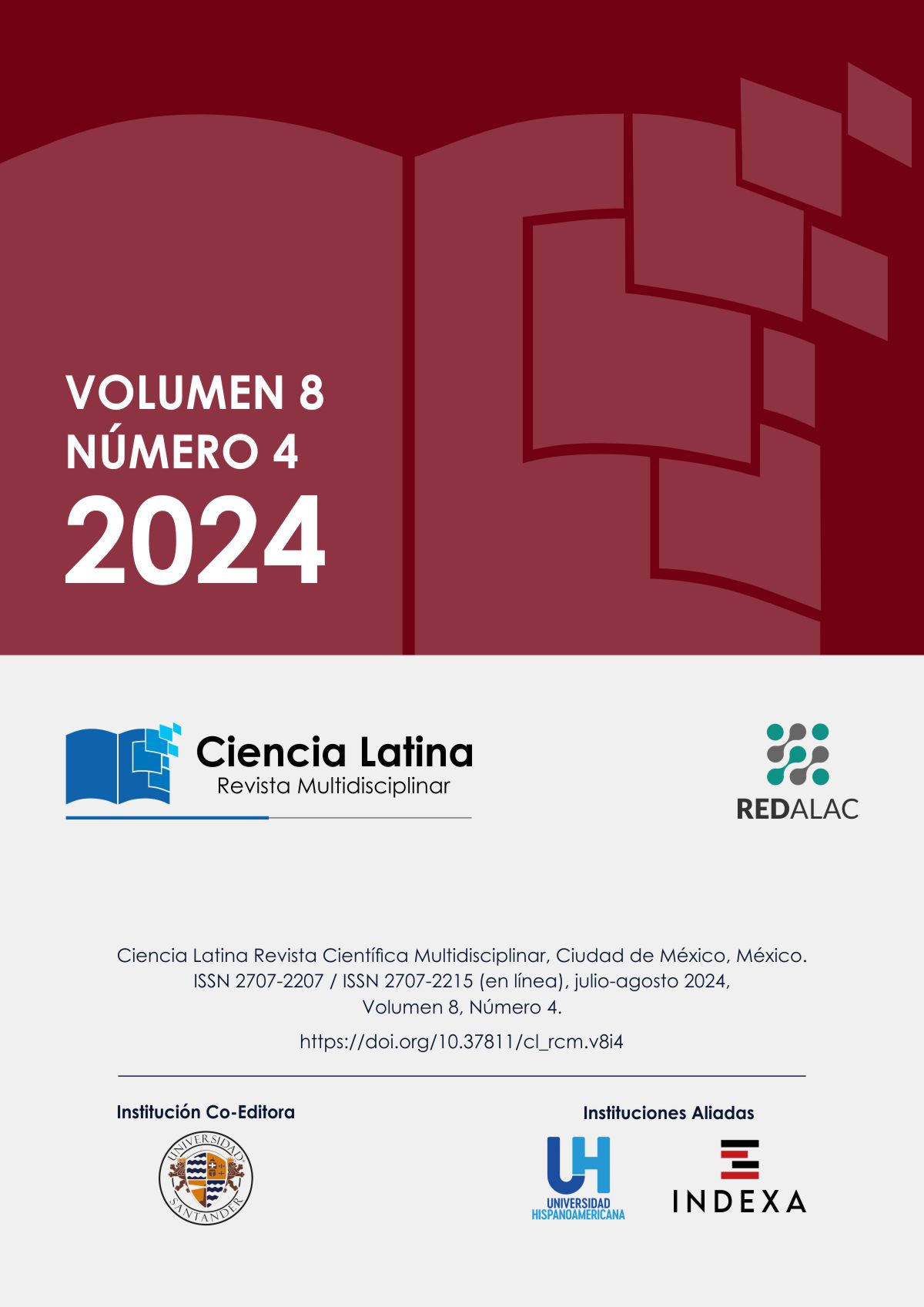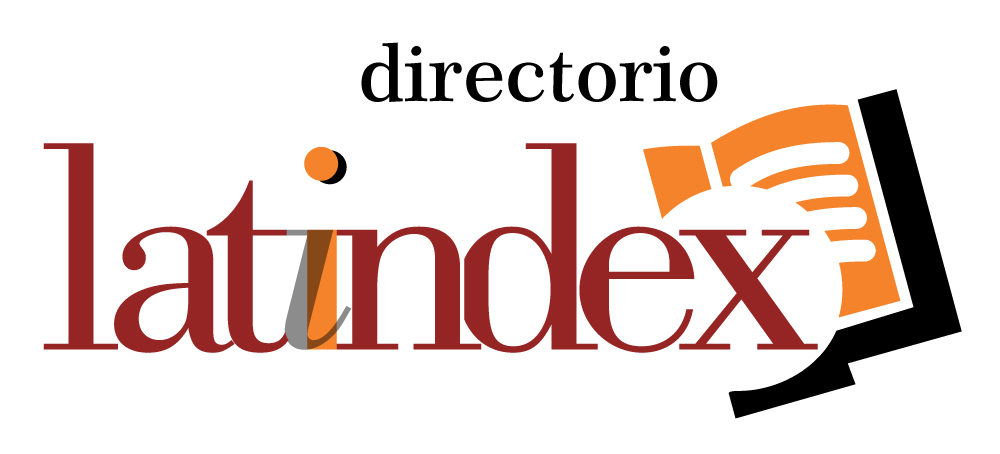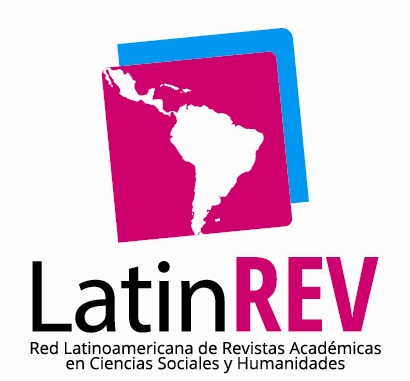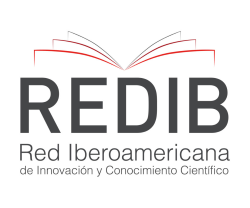The Impact of Anxiety on B1 Level College Students' Oral Competence in the English Language
Resumen
Oral communication is essential for anyone wishing to learn a foreign language. Feelings of anxiety and nervousness are common among learners and negatively influence the development of oral proficiency. This study aims to investigate the levels of anxiety present in the study and its impact on oral competence in a second language among students of Food Engineering, Chemical Engineering, and Biochemistry & Pharmacy at UTMACH. For this research, quantitative and qualitative methods were applied through the Foreign Language Classroom Anxiety Scale (FLCAS) developed by Horwitz (1986) and interviews to collect and analyze information on the feelings students experience when speaking English. The total sample consisted of 147 students, 87 of whom were B1 proficient according to the CEFR. JAMOVI 2.3.28.0 was used to analyse the scores, and MAXQDA24 was used for qualitative analysis. The results showed that anxiety towards learning English has a significant and negative correlation with students' oral proficiency development.
Descargas
Citas
Arnáiz, P., & Guillén, F. (2012). Foreign language anxiety in a Spanish university setting: Interpersonal differences. *Revista de Psicodidáctica, 1*(1), 5-26.
https://www.redalyc.org/pdf/175/17523162003.pdf
Cano-Vindel, A., & Miguel Tobal, J. (2001). Emoción y salud. *Ansiedad y Estrés, 7*(2-3), 111-121.
https://www.researchgate.net/publication/230577062_Emociones_y_Salud
De-la-Morena-Taboada, M., Sánchez-Burón, A., & Fernández-Martín, M. P. (2011). Análisis de las propiedades psicométricas del FLCAS (Foreign Language Class Anxiety Scale) aplicado a alumnos españoles de educación secundaria. *eduPsykhé, 10*(1), 117-134. https://www.researchgate.net/publication/365677581Analisis_de_las_propiedades_psicometricas_del_FLCAS_Foreign_Language_Class_Anxiety_Scale_aplicado_a_alumnos_espanoles_de_educacion_secundaria_Analysis_of_the_psychometric_properties_of_the_FLCAS_Forei
Diccionario de la lengua española (2001). *La 22.ª edición, publicada en 2001*.
https://www.rae.es/obras-academicas/diccionarios/diccionario-de-la-lengua-espanola-2001
Djigunovic, J. (2006). Language anxiety and language processing. *EUROSLA Yearbook*.
https://www.researchgate.net/publication/233523685_Language_anxiety_and_language_processing
Hardacre, B. (2020). Second language learning anxiety. *Wiley Online Library*.
https://www.researchgate.net/publication/344193947_Second_Language_Learning_Anxiety
Hernandez, S. R. (2006). *Metodología de la investigación* (4.ª ed.). McGraw-Hill Interamericana.
Horwitz, E. K., & Young, D. J. (Eds.). (1991). *Language anxiety: From theory and research to classroom implications*. Prentice Hall.
https://revistaseug.ugr.es/index.php/reugra/article/download/18162/23090/84706
Horwitz, E. K., Horwitz, M. B., & Cope, J. (1986). Foreign language classroom anxiety.
*Modern Language Journal, 70*(2), 125-132. https://doi.org/10.1111/j.1540-4781.1986.tb05256.x
Javed, M. (2013). Comparative study of the Pakistani and Indonesian students' anxiety towards English language learning. *Middle East Journal of Scientific Research*. https://www.researchgate.net/publication/287314609_Comparative_study_of_the_Pakistani_and_Indonesian_student's_anxiety_towards_the_english_language_learning
Lian, L. H., & Budin, M. B. (2014). Investigating the relationship between English language anxiety and the achievement of school-based oral English test among Malaysian form four students. *International Journal of Learning, Teaching and Educational Research, 2*(1), 67-79. https://www.ijlter.org/index.php/ijlter/article/viewFile/32/9
MacIntyre, P. D., & Gardner, R. C. (1994). The subtle effects of language anxiety on cognitive processing in the second language. *Language Learning, 44*, 283-305. https://www.academia.edu/5307255/The_subtle_effects_of_language_anxiety_on_cognitive_processing_in_the_second_language
Olaya, V. A., & Ahumada, L. S. (2023). Ansiedad en la producción oral del inglés como lengua extranjera; prácticas y estrategias para minimizar sus efectos en los estudiantes de idiomas. *Societas, 25*(2), 252–271.
https://revistas.up.ac.pa/index.php/societas/article/view/4126/3467
Ortega, C. (2021). El modelo de Horwitz, Horwitz y Cope sobre ansiedad en el aprendizaje de una lengua extranjera. *Revista de Educación de la Universidad de Granada, 28*, 38-52. https://revistas.up.ac.pa/index.php/societas/article/view/4126/3467
Özlem Yalçın, V., & İnceçay, V. (2014). Foreign language speaking anxiety: The case of spontaneous speaking activities. *Elsevier BV*.
https://www.sciencedirect.com/science/article/pii/S1877042814006405
Puraca Ytusaca, H. R. (2024). Bullying en Estudiantes de Sexto Grado de Educación Primaria. Estudios Y Perspectivas Revista Científica Y Académica , 4(1), 2391–2405. https://doi.org/10.61384/r.c.a.v4i1.187
Delgadillo Dávila, A., Castellanos Suárez, J. A. C. S., Sánchez Guzmán, P., & Trejo Vega, S. (2024). La parcela escolar: estrategia para ambientalizar el curriculum. Revista Científica De Salud Y Desarrollo Humano, 5(2), 367–397. https://doi.org/10.61368/r.s.d.h.v5i2.142
Montes López, V. (2023). Socioeconomic Inequalities in Health: A Challenge for Equity. Revista Veritas De Difusão Científica, 4(1), 18–29. https://doi.org/10.61616/rvdc.v4i1.35
Martínez, O., Aranda , R., Barreto , E., Fanego , J., Fernández , A., López , J., Medina , J., Meza , M., Muñoz , D., & Urbieta , J. (2024). Los tipos de discriminación laboral en las ciudades de Capiatá y San Lorenzo. Arandu UTIC, 11(1), 77–95. Recuperado a partir de https://www.uticvirtual.edu.py/revista.ojs/index.php/revistas/article/view/179
v, H., & Quispe Coca, R. A. (2024). Tecno Bio Gas. Horizonte Académico, 4(4), 17–23. Recuperado a partir de https://horizonteacademico.org/index.php/horizonte/article/view/14
Da Silva Santos , F., & López Vargas , R. (2020). Efecto del Estrés en la Función Inmune en Pacientes con Enfermedades Autoinmunes: una Revisión de Estudios Latinoamericanos. Revista Científica De Salud Y Desarrollo Humano, 1(1), 46–59. https://doi.org/10.61368/r.s.d.h.v1i1.9
Rheychold, J. D. (2022). Anxiety in second language in relation to students’ speaking performance.
Silva, M. T. (2011). La reducción de la ansiedad en el aprendizaje de una lengua extranjera en la enseñanza superior: el uso de canciones. *Universidad de Málaga. Interlingüística*. https://dialnet.unirioja.es/servlet/articulo?codigo=2514922
Stroud, C., & Wee, L. (2006). Anxiety and identity in the language classroom. *RELC Journal, 37*(3), 299-307. https://doi.org/10.1177/0033688206071311
Tobias, S. (1978). *Overcoming math anxiety*. Houghton Mifflin.
https://archive.org/details/overcomingmathan0000tobi
Worde, V. R. (2003). Students’ perspectives on foreign language anxiety. *Inquiry, 8*. https://files.eric.ed.gov/fulltext/EJ876838.pdf
Zuzsa, T. (2011). Foreign language anxiety and advanced EFL learners: An interview study. https://www.researchgate.net/publication/313332377_FOREIGN_LANGUAGE_ANXIETY_AND_ADVANCED_EFL_LEARNERS_AN_INTERVIEW_STUDY?enrichId=rgreq-03c95ec011bfbe4458b717d48664985b-XXX&enrichSource=Y292ZXJQYWdlOzMxMzMzMjM3NztBUzo0NTgwNTU2MDQyODEzNDRAMTQ4NjIyMDM3NDMxMA%3D%3D&el=1_x_3&_esc=publicationCoverPdf
Derechos de autor 2024 Ruben Patricio Guanuche Díaz , Sandro Vinicio Torres Asanza , Livington Javier Rojas González, Lorena Janneth Tituana Moncada

Esta obra está bajo licencia internacional Creative Commons Reconocimiento 4.0.











.png)




















.png)
1.png)


